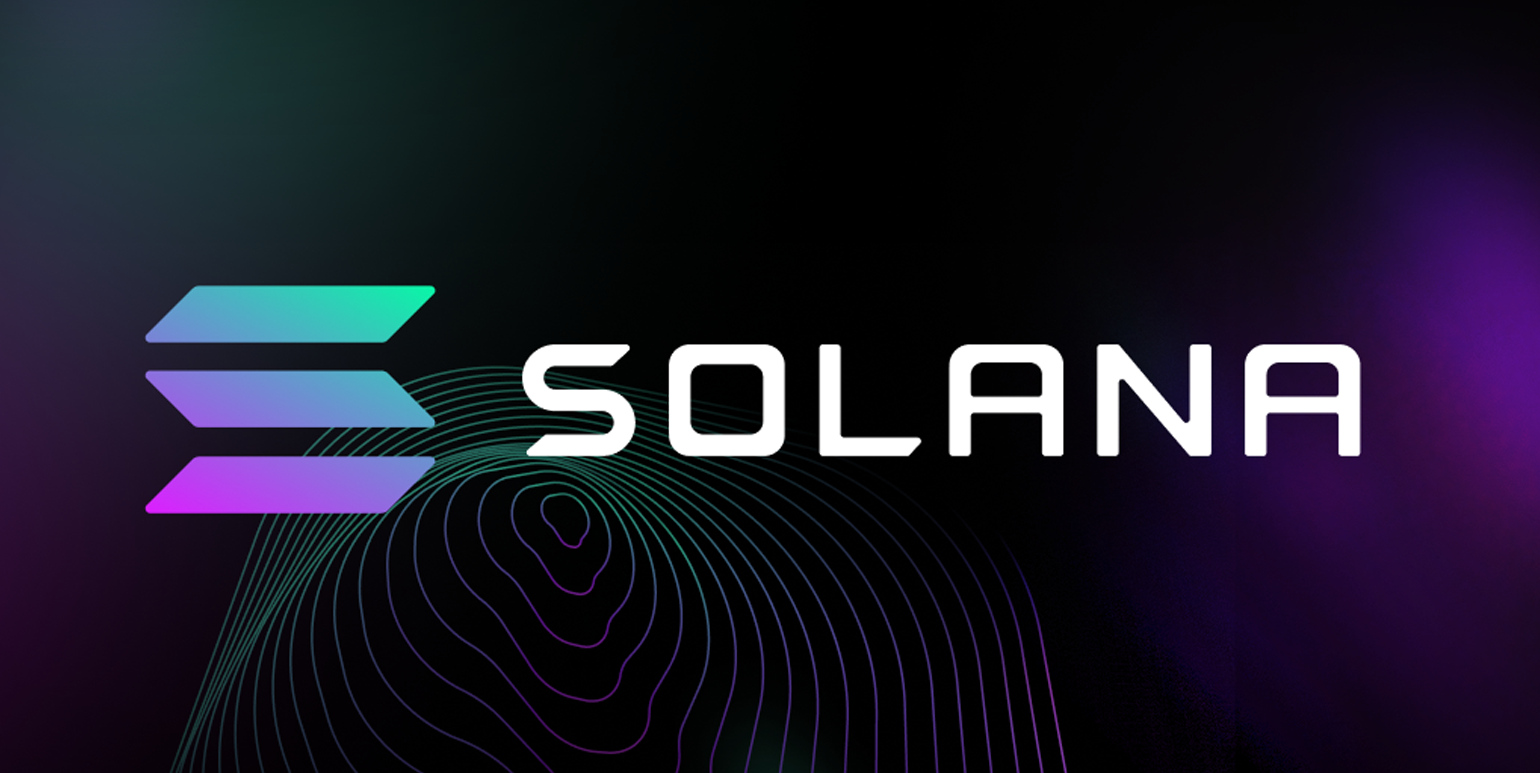Cryptocurrencies have been shaking up the financial world for over a decade now. From Bitcoin’s humble beginnings to Ethereum’s groundbreaking smart contracts, innovation in blockchain technology seems boundless. Among the countless projects vying for attention, one name has been making waves lately — Solana. You’ve probably seen it mentioned in crypto discussions, hailed as a game-changer. But what exactly is Solana, and why do so many people call it an “Ethereum killer”? Let’s unpack the hype and see if it lives up to that bold title.
The Birth of Solana: Speed Meets Scalability
Solana entered the blockchain scene in 2020, founded by Anatoly Yakovenko, a former Qualcomm engineer. Unlike many other platforms, which tweak existing frameworks, Solana was built from the ground up with a singular focus: speed. Yakovenko envisioned a blockchain that could handle transactions faster than any existing network while remaining decentralized and secure.
At its core, Solana operates using a unique mechanism called Proof of History (PoH). Unlike traditional consensus methods like Proof of Work (used by Bitcoin) or Proof of Stake (used by Ethereum 2.0), PoH timestamps transactions before they’re added to the blockchain. This clever approach reduces the time nodes spend validating blocks, allowing Solana to process thousands of transactions per second (TPS). For comparison, Ethereum currently handles around 15-30 TPS, while Solana boasts an eye-popping capacity of over 65,000 TPS under optimal conditions.
This blistering speed isn’t just a technical flex; it’s a practical solution for the growing demand on blockchain networks. As decentralized finance (DeFi), non-fungible tokens (NFTs), and other applications explode in popularity, congestion and high fees have become major pain points for users. Solana’s architecture addresses these issues head-on, making it a compelling alternative to Ethereum.
Why Is Ethereum Struggling?
Ethereum has long been the go-to platform for decentralized apps (dApps) and smart contracts. Its flexibility and developer-friendly ecosystem have cemented its position as a pioneer in the blockchain space. However, success often comes with challenges, and Ethereum is no exception.
One of Ethereum’s biggest hurdles is scalability. The network’s current infrastructure can’t keep up with the surging demand, leading to slow transaction speeds and exorbitant fees during peak usage. For instance, minting an NFT or swapping tokens on Ethereum can sometimes cost more in gas fees than the actual value of the transaction. This has driven developers and users to seek alternatives that offer better performance and lower costs.
Enter Solana. With its lightning-fast transactions and near-zero fees, it’s no wonder people are calling it an “Ethereum killer.” But is that label justified, or is it just marketing buzz?
What Makes Solana Stand Out?
Several features set Solana apart from its competitors, making it a strong contender in the blockchain space. These include:
- Unparalleled Speed
Solana’s ability to process tens of thousands of transactions per second is a game-changer. This speed isn’t just theoretical; it’s been demonstrated in real-world scenarios, making it one of the fastest blockchains in existence. - Low Transaction Costs
While Ethereum gas fees can soar into double or even triple digits during network congestion, Solana’s fees remain consistently low — typically less than a penny per transaction. This affordability opens the door for microtransactions and other use cases that would be impractical on Ethereum. - Developer-Friendly Ecosystem
Solana’s ecosystem has grown rapidly, with thousands of projects building on its platform. From DeFi protocols to NFT marketplaces, developers are flocking to Solana for its scalability and user-friendly tools. - Decentralization Without Compromise
Many critics argue that speed often comes at the expense of decentralization. However, Solana has managed to strike a balance, boasting over 1,000 validators worldwide. This ensures the network remains secure and resistant to censorship. - Energy Efficiency
In an era where environmental concerns are at the forefront, Solana’s energy-efficient design is a significant advantage. Its PoH mechanism consumes far less energy than Bitcoin’s Proof of Work, making it a greener choice for blockchain enthusiasts.
The “Ethereum Killer” Debate
The term “Ethereum killer” gets thrown around a lot in the crypto world, often sparking heated debates. While Solana undeniably has some advantages over Ethereum, it’s essential to consider the bigger picture.
Ethereum’s dominance isn’t just about technology; it’s also about community and adoption. With thousands of developers, millions of users, and countless projects already built on Ethereum, its network effects are hard to rival. Additionally, Ethereum 2.0 (also known as the Merge) has introduced significant upgrades, including a transition to Proof of Stake and plans for sharding to improve scalability.
That said, Solana’s rapid growth and innovative approach have positioned it as a serious contender. It’s not about replacing Ethereum entirely but rather offering an alternative for specific use cases where speed and low costs are critical.
Real-World Applications of Solana
So, what’s being built on Solana? The ecosystem is thriving, with a diverse range of projects leveraging its unique capabilities. Here are a few examples:
- DeFi Protocols: Platforms like Serum and Raydium are bringing decentralized finance to Solana, offering fast and affordable trading, lending, and yield farming.
- NFT Marketplaces: Solana has become a hub for NFTs, with marketplaces like Magic Eden and SolSea attracting artists and collectors alike.
- Gaming and Metaverse: Projects like Star Atlas are using Solana to create immersive gaming experiences and virtual worlds.
- Web3 Infrastructure: From decentralized storage to identity solutions, Solana is powering the next generation of internet applications.
These use cases highlight Solana’s versatility and potential to disrupt various industries.
Challenges and Criticisms
No blockchain is perfect, and Solana is no exception. Critics have raised concerns about its level of decentralization, arguing that its reliance on high-performance hardware makes it less accessible to smaller validators. Additionally, the network has experienced occasional outages, sparking debates about its reliability.
However, these challenges are not insurmountable. Solana’s team is actively working to address these issues and improve the network’s robustness. It’s also worth noting that every blockchain faces growing pains, especially during periods of rapid adoption.
The Future of Solana
Looking ahead, Solana’s future appears bright. Its combination of speed, scalability, and affordability makes it a strong contender in the blockchain space. As more developers and users flock to the platform, its ecosystem will continue to expand, unlocking new possibilities for decentralized applications.
That said, the competition is fierce. Ethereum, Binance Smart Chain, Avalanche, and other platforms are all vying for market share, each with its strengths and weaknesses. The ultimate winner may not be a single blockchain but rather a multi-chain future where different networks coexist and complement each other.
Conclusion: A Rising Star in the Crypto Universe
Solana has undoubtedly made a name for itself as one of the most promising blockchain platforms in the industry. Its innovative approach to scalability and speed has earned it the nickname “Ethereum killer,” though whether it will fully dethrone Ethereum remains to be seen.
What’s clear is that Solana is here to stay. Its growing ecosystem, passionate community, and relentless focus on innovation make it a force to be reckoned with. Whether you’re a developer, investor, or simply curious about the future of blockchain, Solana is worth keeping an eye on.
In the ever-evolving world of cryptocurrencies, one thing is certain: the race for blockchain supremacy is far from over. Solana may not have all the answers, but it’s asking the right questions — and that alone makes it a project worth watching.




